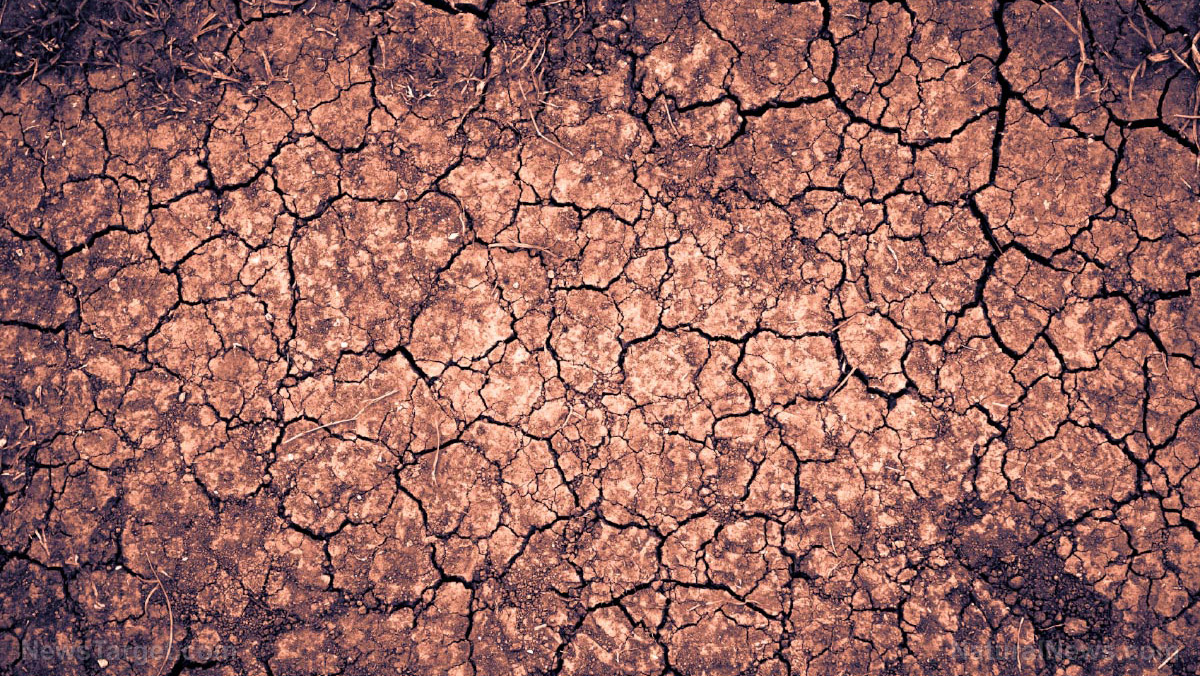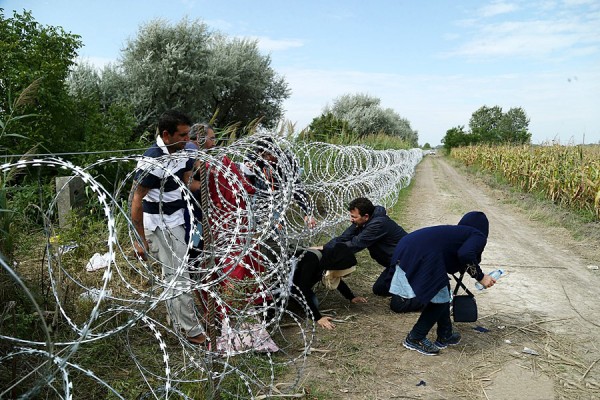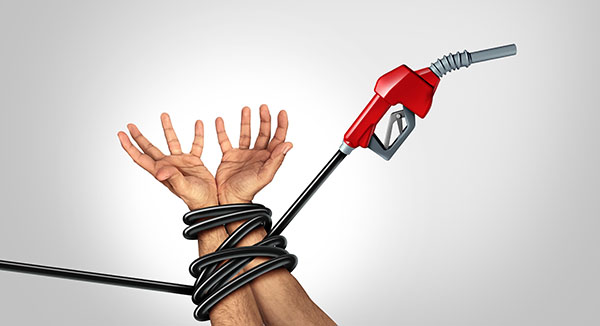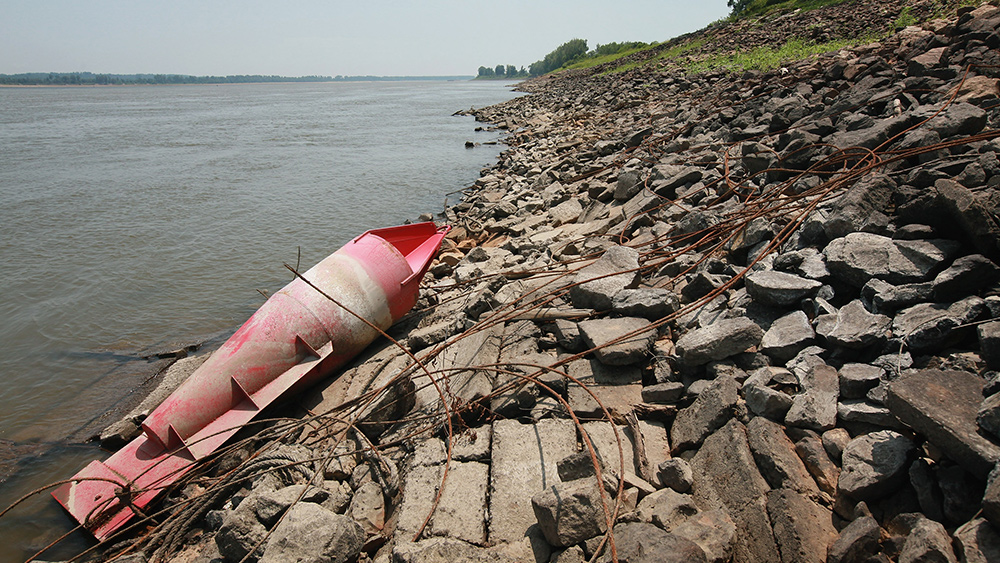World's largest rice exporter, India, warns of output crisis amid heatwave
By ethanh // 2022-08-09
Tweet
Share
Copy

The weather is still pretty bad in India, we are told, which is supposedly why rice production there is taking a dive.
Reports suggest that persistent heatwaves throughout the country, which is now the world's largest rice exporter – beating out both Vietnam and Thailand – are making it difficult for many farmers to produce a substantial crop like in years past.
High energy prices and ever-rising inflation are also to blame, along with "geopolitics," which of course means the war in Ukraine. Various factors other than private central banking and fiat money printing are said to be responsible for India's plight.
"India accounts for 40% of the global rice trade, and a decline in production will complicate India's domestic inflation fight," one report explains. "It could result in export restrictions, leading to few supplies for the rest of the world."
India now exports more rice than Vietnam and Thailand combined at 22 million tons per year compared to seven million tons each for the others. If conditions do not improve, there will be a lot less rice available on the global markets this time next year.
Rice prices within India have soared by more than 10%
The Indian states of West Bengal, Odisha and Chhattisgarh have been hit especially hard by a lack of rainfall. Mukesh Jain, a director at Sponge Enterprises Pvt., a rice trader, told Bloomberg that he expects export prices to skyrocket to $400 a ton by September – currently rice is $365 a ton. Within India, prices are also rising. Reports indicate that Indians are now paying more than 10 percent more for rice compared to last month – and if things continue this way, prices will soar even higher in the coming months. Nearly four billion people around the world – or roughly half of the global population – rely on rice for sustenance. Some of the world's poorest people eat rice as their primary food source, which makes these latest price developments a serious concern. How many people will be priced out of the rice market by 2023? Will some people even make it to 2023? These are the types of questions that are being asked as food inflation and shortages converge to spell famine and starvation for the planet. "The situation is really precarious," says Rajesh Kumar Singh, an Indian farmer in Uttar Pradesh with seven modest acres who was unable to plant half of those acres due to lack of rain both in June and July. Monsoon season is almost here, which could spell major relief for the region – or not, depending on how things go with India's central bank raising interest rates in a bid to quell inflation. Will it be enough? And more importantly, will India receive the rain it needs to keep producing rice to feed the world? "Lower area of rice sowing amidst increased demand of imports from Bangladesh and other Middle Eastern countries have pushed up rice prices of different varieties to as much as 30% since June," says Deutsche Bank economist Kaushik Das about the situation. "This poses challenges for the food inflation outlook." Right now, global food prices are well above the levels they were in 2011 when the Arab Spring resulted in revolutions across the Middle East. Sri Lanka, meanwhile, is now bankrupt as a result of all these economic calamities. "Droughts happen, Ukraine was planned, the Western United States is not in a 1,200-year drought, and the lakes would be full if they did not drain them all winter, and there is not record heat throughout Europe and the U.S.," wrote a commenter at one news source, the suggestion being that this is all contrived to implement a great reset. The latest news about the food supply situation can be found at FoodCollapse.com. Sources for this article include: ZeroHedge.com NaturalNews.comTweet
Share
Copy
Tagged Under:
drought collapse environment food collapse hunger agriculture starvation food supply famine India weather crops rice inflation climate harvest food rationing food scarcity heatwave food inflation rice supply world agriculture
You Might Also Like
Major rivers all around the world experiencing drought at the same time: WHY?
By Ethan Huff // Share
Recent News
An invisible assault: How everyday heavy metals sabotage brain health
By willowt // Share
Pentagon warns of China's rapidly expanding nuclear arsenal
By kevinhughes // Share
FCC grounds new Chinese drones in sweeping security move
By avagrace // Share
The methylation switch: Scientists identify diet that can turn back the cellular clock
By jacobthomas // Share
Renaissance or Ruin: A wake-up call for cultural revival and self-sufficiency
By kevinhughes // Share
Weight loss in midlife may trigger brain inflammation, study finds
By avagrace // Share











